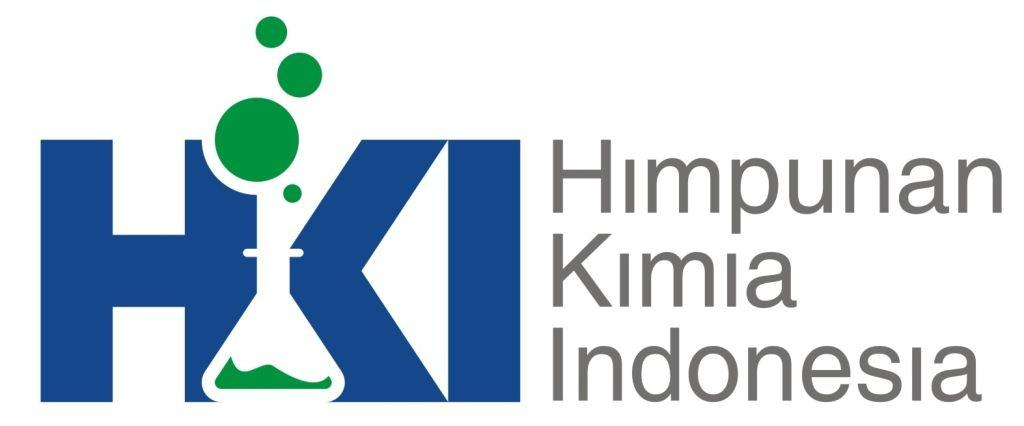Ligninase Profiling and Optimization of Laccase Production from Indigenous Wood Rot Fungus (WRF) KLUM2 in Kirk Medium-Alkali Lignin Kayu Jati (MK-ALKJ)
Abstract
Keywords
References
Acevedo F, Pizzul L, Castillo MP, Rubilar O, Lienqueo E, Tortella G, Diez MC. 2011. A Practical culture technique for enchaned production of manganese peroxidase by Antrophillum discolor Sp4. Brazilian Archives od Biology and technology. 54(6):1175-1186.
Arinta A. 2018. Penentuan Profil Ligninase dari Kapang Pelapuk Kayu Isolat Indigenus KLUM1, KLUM2, dan PnUM. Skripsi. Malang (ID): Universitas Negeri Malang.
Artiningsih T. 2006. Aktivitas ligninolitik jenis genoderma pada berbagai sumber karbon. Biodiversitas. 7(4):307-311
Dekker, Robert FH, Vasconselos AFD, Barbosa AM, Giese EC, Mairelles LP. 2001. A new role veratile alkohol: regulation of synthesis of lignosellulose-degradating enzyme in the lignilitic Ascomiceteous fungus, Botryosphaeria sp.: influence of carbon Source. Biotechnology letters. 23: 1987-1993
Delila L, Susanti E, Sanjaya EH. 2016. Isolation and screening of indigenous fungus producing lignin peroxidase from the cocoa plantation in sepawon kediri regency Indonesia. KnE Life Sciences, International Conference on Natural Resources and Life Sciences (NRLS-2016). doi 10.18502/kls. v3i5.985
Deshmukh Y, Sao S. 2015. Degradation of Lignin through Carbon Utilization. Microbial Ligninolytic Enzymes for Environmental Management. 5: 27–31
Hamid, A. 2013. Insights into lignin degradation and its potential industrial applications. Advances in Applied Microbiology, Volume 82 ISSN. 0065-2164
Hu J, Yuan B, Zhang Y, Guo M. 2015. Immobilization of laccase on magnetic silica nanoparticles and its application in the oxidation of guaiacol a phenolic lignin model compound. RSC advances. 5(120): 99439-99447
Kenkebashvili N, Elisashvili V, Wasser P. 2012. Effect of carbon, nitrogen sources, and copper concentration on the lignolytic enzyme production by coriolopsis gallica. Journal of Waste Conversion, Bioproduct and Biotechnology. 1(2): 22-27
Kumar R, Kaur J, Kumar A. 2016. Optimization of laccase production from Aspergillus flavus by design of experiment technique: Partial purification and characterization. Journal of Genetic Engineering and Biotechnology. doi.org/10.1016/je.jgeb
Manimozhi M, Kaviarasan V. 2012. Effect of nutritional parameters on biomass and laccase production in submerged medium by litter decomposing basidiomycetes agaricus heterocytis. International Journal of Pharmacy and Pharmaceutical. 4(3): 592-599
Mikiashvili N, Wasser SP, Nevo E, Elisashvili V. 2006. Effects of carbon and nitrogen sources on pleurotus ostreatus lignolitic enzyme activity. World Journal of Microbiology and Biotechnology. 22(9): 999-1002
Neto MSL, Matheus R, Machado G. 2009. Influence of pH on the growth, laccase activity and RBBR decolorization by Tropical Basidiomycetes. Brazilian Archives of Biology and Technology. 1516-893
Nurhayati T. 1988. Analisis kimia 75 jenis kayu dari beberapa lokasi di Indonesia. Jurnal Penelitian Hasil Hutan. 5(10): 6-11
Pham MT, Huang, Kirschner R. 2019. The plant growth-promoting potential of the mesophilic wood-rot mushroom Pleurotus pulmonarius. Journal of Applied Microbiology. 127: 1157-1171
Subagyo T, Susanti E, Suharti. 2014. Uji potensi dan optimasi konsentrasi lignoselulosa beberapa limbah pertanian sebagai sumber karbon produksi enzim lignin peroksidase oleh Phanerochaete chrysosporium. Prosiding Seminar Nasional Kimia dan Pembelajarannya (SNKP) 2014: 275-281
Suryana Y. 2001. Budidaya Jati. Bogor (ID): Swadaya
Susanti E, Ardyati T, Suharjono, Aulani’am. 2016. Optimizing of lignin peroxidase production by the suspected novel strain of Phanerochaete chrysosporium ITB Isolate. International Journal of ChemTech Research. 9(11): 24-33.
Urek RO, Pazarlioglu NK. 2007. Enchaneed production of manganesse peroxidase by Phanerochaete chrysosporium. Brazilian Archives of Biology and Technology. 50(6): 913-922.
DOI: 10.15408/jkv.v7i1.20895
Refbacks
- There are currently no refbacks.
Copyright (c) 2021 evi susanti susanti, Siti Mutmainah

This work is licensed under a Creative Commons Attribution-ShareAlike 4.0 International License.

